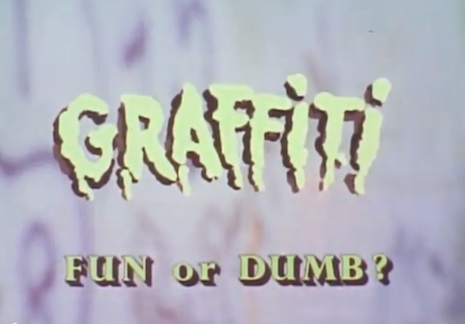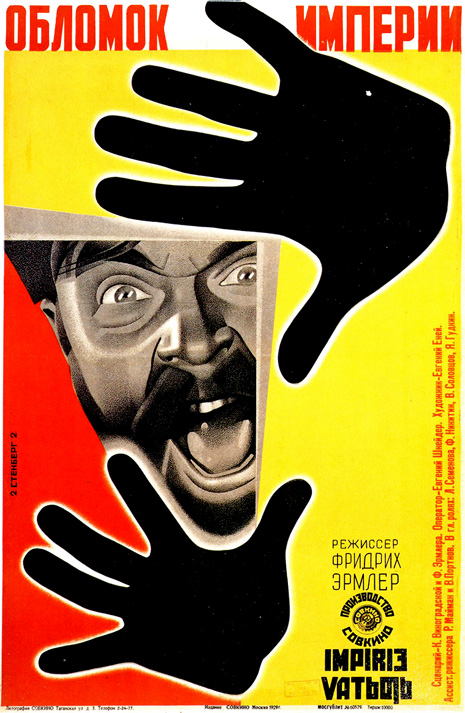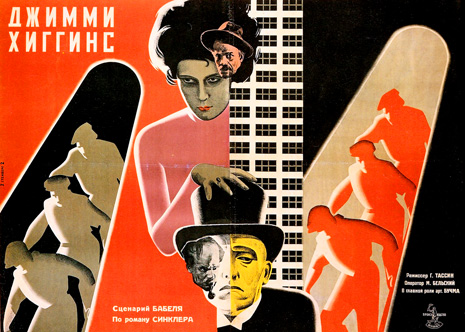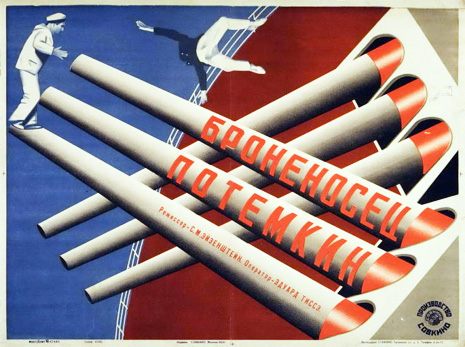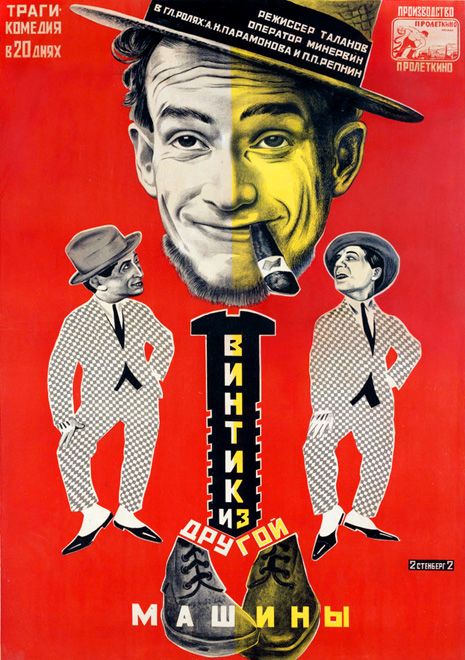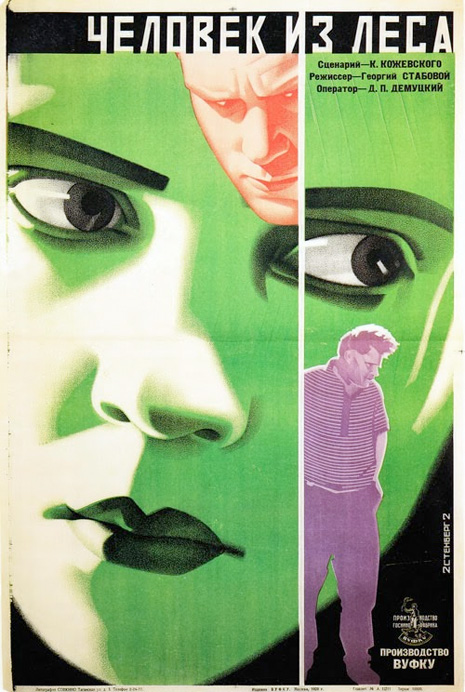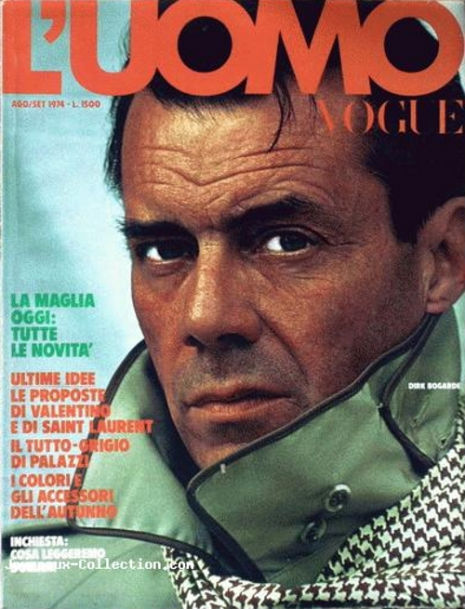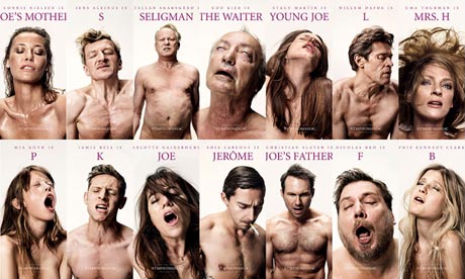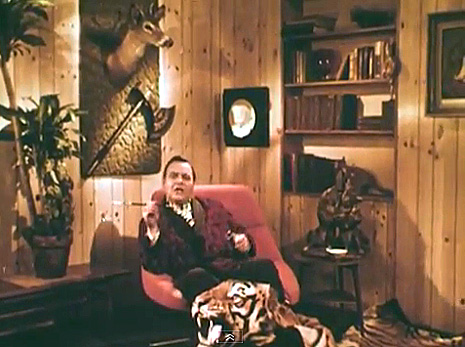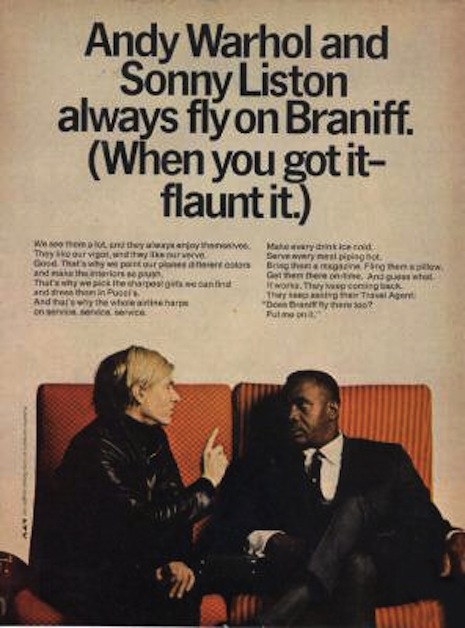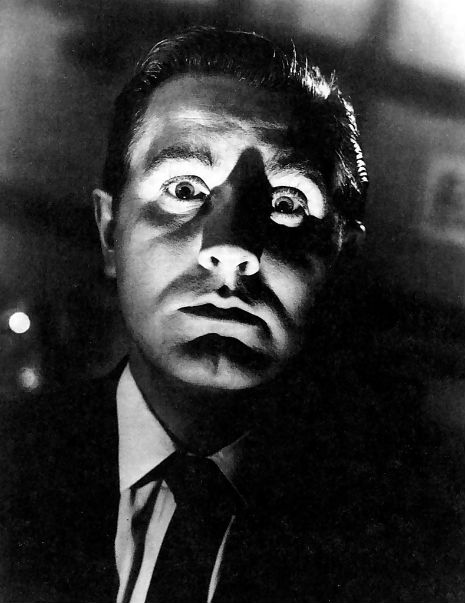
Very little of Ed Wood Jr.‘s early TV commercial work has survived, but what little we can see already exhibits some of the tropes he would return to again and again (angora sweaters, cowboys, girl gangs) in his infamous films.
Wood wrote and directed approximately 125 low budget (apparently generic so local sponsors could customize them) commercials for a production house called Story As Films, but just four of them are known to still exist today. The ads seen here are “Surprise,” where a groom gives his bride to be a used car; “Treasure and Curves” which features “Captain Kitty” and her fellow female pirates going on about a jewelry store and buried treasure, “The Bestest” which is about cowboy boots (That looks like Wood stalwart Don Nagel as “Alabam,” doesn’t it?), and “Magic Man” which features the skid row auteur himself and is about a magical men’s clothing store.
Wood didn’t only direct for Story as Films, he made a few dozen spots for other outfits as well. None are known to be extant.








